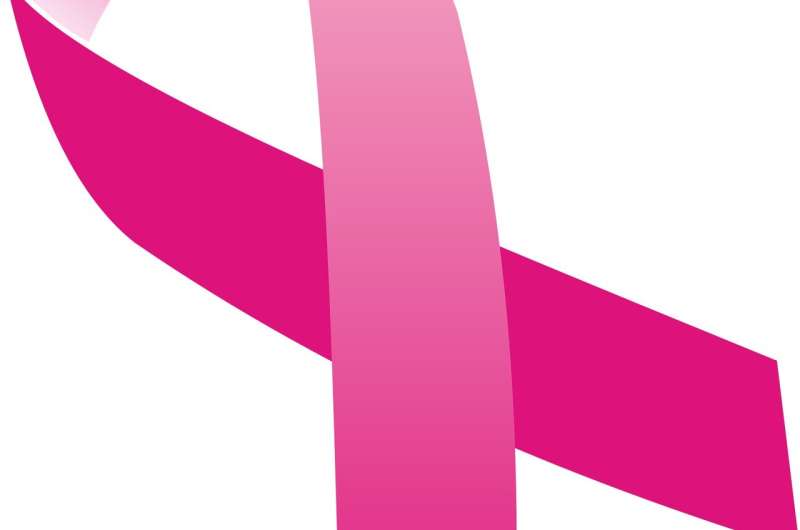Statistical models predict benefit of non-intensive AML therapy

An international team has developed statistical models to predict the risk of early death in patients being treated with non-intensive therapies for acute myeloid leukemia (AML). Results of analyses using the models will be given in an oral presentation at the 2021 American Society of Hematology (ASH) Annual Meeting on December 11.
The team is led by researchers from SWOG Cancer Research Network, a cancer clinical trials group funded by the National Cancer Institute (NCI), part of the National Institutes of Health (NIH), working with investigators from the UK Medical Research Council/National Cancer Research Institute (MRC/NCRI).
"To our knowledge, this is the first attempt to build tools to predict outcomes for patients receiving non-intensive AML therapy to inform decision-making and, ultimately, improve treatment outcomes," said senior author Megan Othus, Ph.D., a SWOG biostatistician based at the Fred Hutchinson Cancer Research Center.
Adults diagnosed with acute myeloid leukemia are often treated with intensive chemotherapy, and several statistical models have been developed to predict whether a patient is likely to benefit from this therapy.
But some patients with AML, particularly patients age 75 and older and those with other illnesses, may not tolerate the side effects of intensive chemotherapy and are therefore treated with alternative less intensive therapies. At this time, no tools exist that can accurately predict which patients are likely to benefit most from these non-intensive therapies.
To address this lack, the researchers developed and tested several statistical models that predicted the risk of early death for AML patients on non-intensive therapies. They initially built the models using data from the LI-1 clinical trial of 796 patients (median age 75), which was conducted by the MRC/NCRI. The team then validated the accuracy of their models against data from another 540 patients (median age 77) who had enrolled in three leukemia clinical trials conducted by the SWOG Cancer Research Network—S0432, S0703, and S1612.
The models use a patient's age and a variety of measures of the patient's health, such as performance status (a measure of how well the patient can perform ordinary tasks), white blood cell and platelet counts, the presence or absence of a specific genetic mutation (NPM1), and several self-reported measures of the patient's quality of life.
The group found that, although all their models were only modestly successful in predicting early death in both the MRC/NCRI trial patients and the SWOG trial patients, the most effective models were those that incorporated several quality-of-life scores from a widely used patient-reported outcome survey known as the QLQ-C30 instrument.
The researchers say their results highlight the difficulties in predicting outcomes for these patients using only routinely available clinical information.
"Making predictive models that are more accurate and useful," Othus said, "may require incorporating information from additional blood and toxicity biomarkers collected in the early stages of a patient's treatment or information from additional patient-reported outcome measures."



















